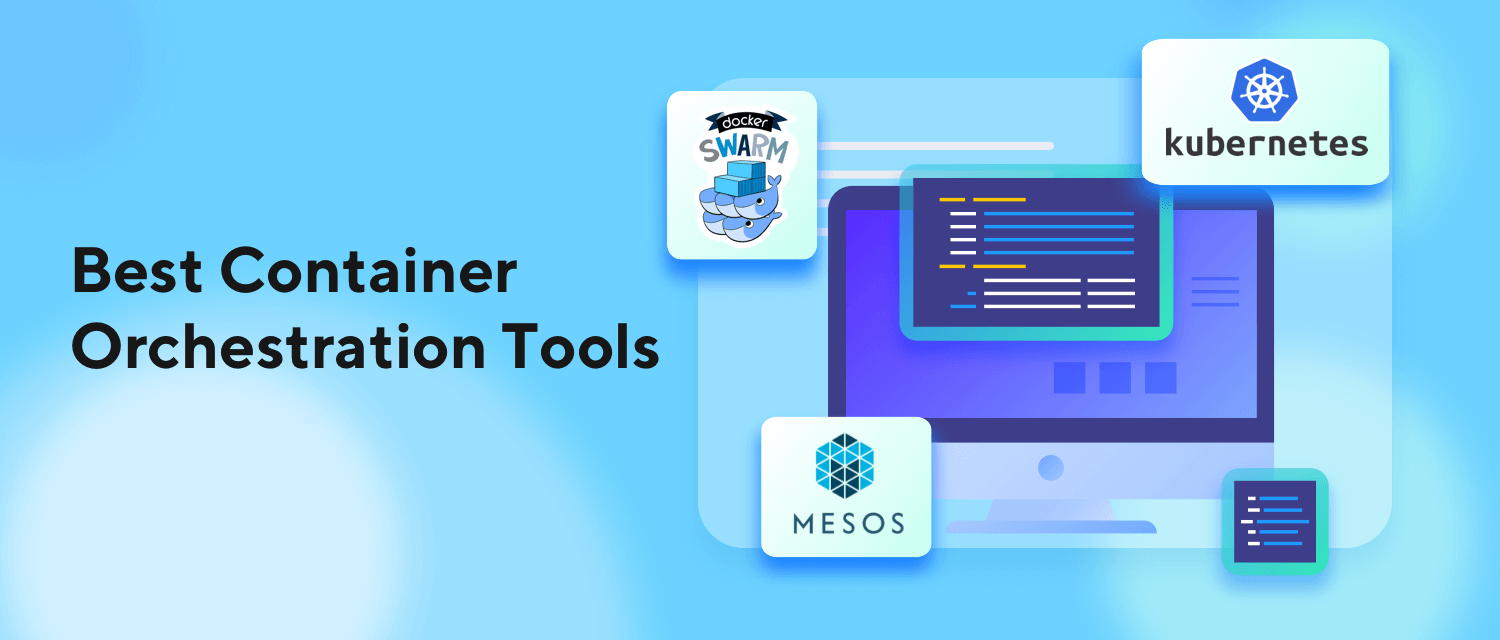Kubernetes is a powerful open-source system designed to automate deploying, scaling, and managing containerized software. Its robust features and flexibility help to make it a well-known choice for orchestrating containers in different environments. For newcomers, setting up in addition to configuring Kubernetes may appear daunting, but together with this step-by-step manual, you’ll be capable to get your current Kubernetes cluster upward and running with full confidence.
1. Understanding Kubernetes
Before diving to the setup, it’s essential to understand what Kubernetes is and why it’s used. Kubernetes (K8s) manages containerized applications across a cluster of equipment, providing tools regarding deploying applications, running them as needed, managing changes, and helps with application resilience. It abstracts the underlying system and allows you to concentrate on implementing and managing your own applications.
2. Prerequisites
Ensure you have the following prerequisites:
A process: You can established up Kubernetes on a local device using Minikube or on cloud-based VMs or physical computers.
Basic Knowledge of Containers: Familiarity with Docker or containerization aspects will be valuable.
Command Line Tools: Comfort with utilizing the terminal or command prompt.
Networking: Comprehending basic networking principles like IP addresses, DNS, and plug-ins.
3. Choosing the Deployment Environment
You can deploy Kubernetes in various surroundings:
Local Development: Applying Minikube or Docker Desktop.
Cloud Providers: Managed Kubernetes companies like Google Kubernetes Engine (GKE), Orange Kubernetes Service (AKS), or Amazon EKS.
On- why not find out more : Using kubeadm or other equipment for setting upward a cluster upon physical or online machines.
4. Installing Kubernetes Locally along with Minikube
Minikube is usually an excellent device for running Kubernetes locally. Here’s exactly how to work it:
some sort of. Install Requirements
Virtualization Software: Install VirtualBox, Hyper-V, yet another backed virtualization platform.
Kubectl: The command-line application for interacting with Kubernetes.
To install kubectl, follow the instructions to your operating system from the standard Kubernetes documentation.
m. Install Minikube
Find Minikube from typically the official Minikube relieve page.
For macOS:
party
Copy computer code
brew install minikube
For Windows:
bash
Copy code
choco install minikube
With regard to Linux:
bash
Copy computer code
curl -LO https://storage.googleapis.com/minikube/releases/latest/minikube-linux-amd64
sudo mount minikube-linux-amd64 /usr/local/bin/minikube
c. Start Minikube
Commence a Minikube cluster with:
gathering
Backup code
minikube start off
This command initializes a Kubernetes group on your regional machine.
d. Confirm Installation
Check when Minikube and Kubernetes run correctly:
party
Copy code
kubectl cluster-info
You need to see advice about the Kubernetes cluster and its pieces.
5. Creating Kubernetes with kubeadm (For On-Premises)
For any more advanced setup, you may use kubeadm to run a Kubernetes cluster on your very own servers.
a. Get ready the Machines
Guarantee all your equipment have the subsequent:
Operating System: Ubuntu, CentOS, or another Linux circulation.
Networking: All nodes must be able to communicate with each other.
Exchange Disabled: Kubernetes calls for swap to end up being disabled.
Disable exchange:
bash
Copy code
sudo swapoff -a
b. Install Docker
Install Docker about all nodes. Comply with the official Docker installation guide for the OS.
c. Install kubeadm, kubelet, and even kubectl
On almost all nodes, add the Kubernetes APT database and install the essential packages:
bash
Backup code
curl -s https://packages.cloud.google.com/apt/doc/apt-key.gpg | sudo apt-key add rapid
sudo apt-add-repository “deb http://apt.kubernetes.io/ kubernetes-xenial main”
sudo apt-get up-date
sudo apt-get install -y kubelet kubeadm kubectl
d. Run the Master Client
On the grasp node, run:
party
Copy code
sudo kubeadm init –pod-network-cidr=192. 168. 0. 0/16
This command initializes the Kubernetes manage plane.
e. Set up kubectl
Set upwards kubectl to utilize typically the new cluster:
party
Copy code
mkdir -p $HOME/. kube
sudo cp -i /etc/kubernetes/admin. conf $HOME/. kube/config
sudo chown $(id -u): $(id -g) $HOME/. kube/config
f. Deploy some sort of Pod Network
Kubernetes requires a pod network to become deployed. By way of example, you can use Calico:
gathering
Copy computer code
kubectl apply -f https://docs.projectcalico.org/manifests/calico.yaml
g. Sign up for Worker Nodes
On each worker client, join the cluster with the command word provided by kubeadm init (it’s a kubeadm join command having a token).
6. Configuring Kubernetes
Right after creating your bunch, you need to configure it to deploy plus manage applications properly.
a. Deploy Programs
Create YAML data files to your deployments plus services. Here’s the simple sort of the deployment:
nginx-deployment. yaml
yaml
Copy program code
apiVersion: apps/v1
sort: Deployment
metadata:
title: nginx-deployment
spec:
copies: 2
selector:
matchLabels:
app: nginx
template:
metadata:
labels:
iphone app: nginx
spec:
containers:
– name: nginx
image: nginx: newest
ports:
– containerPort: 80
Deploy that using:
party
Replicate code
kubectl utilize -f nginx-deployment. yaml
b. Manage Sources
Use kubectl to be able to manage and screen your resources:
Listing Pods: kubectl obtain pods
Describe Pods: kubectl describe pod
Records: kubectl logs
7. Sustaining Your Kubernetes Cluster
Regular maintenance duties include:
Upgrades: Always keep Kubernetes and its components up-to-date.
Monitoring: Use monitoring equipment like Prometheus and even Grafana.
Security: Put into action guidelines for acquiring your cluster plus applications.
8. Maintenance Common Issues
Here are some popular issues and remedies:
Pods Not Beginning: Check pod wood logs and describe typically the pod for mistakes.
Network Issues: Check network configurations plus pod network deployments.
Resource Limitations: Assure adequate resources (CPU, memory) are invested in your nodes.
Conclusion
Setting up in addition to configuring Kubernetes can easily be complex, yet breaking it down into manageable methods makes it attainable. Whether you’re employing Minikube for local development or kubeadm for the production-grade cluster, learning the foundational actions will set you in relation to effectively handling your containerized software. With practice and even experience, you’ll come to be more proficient in making use of Kubernetes to orchestrate and scale your applications seamlessly
